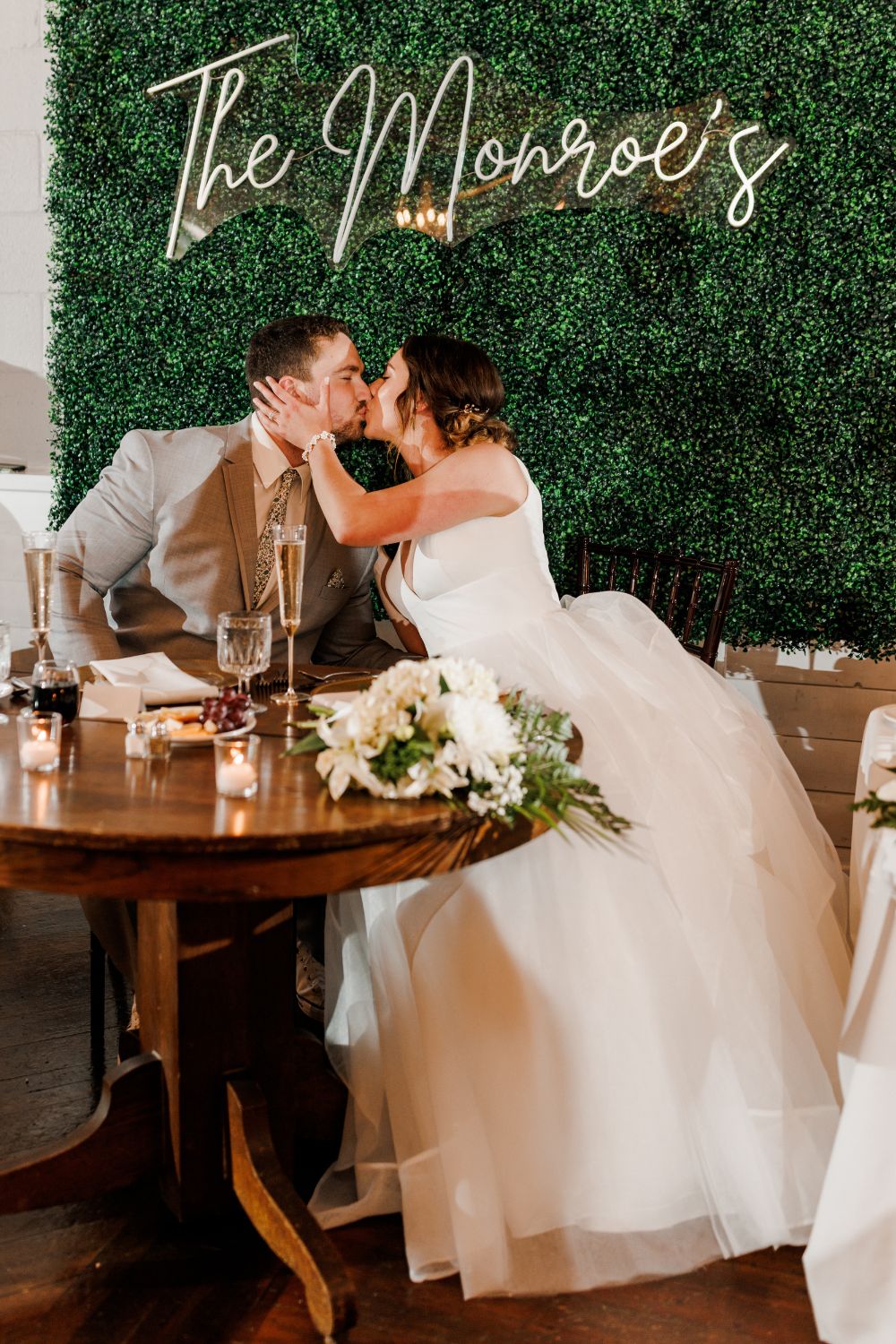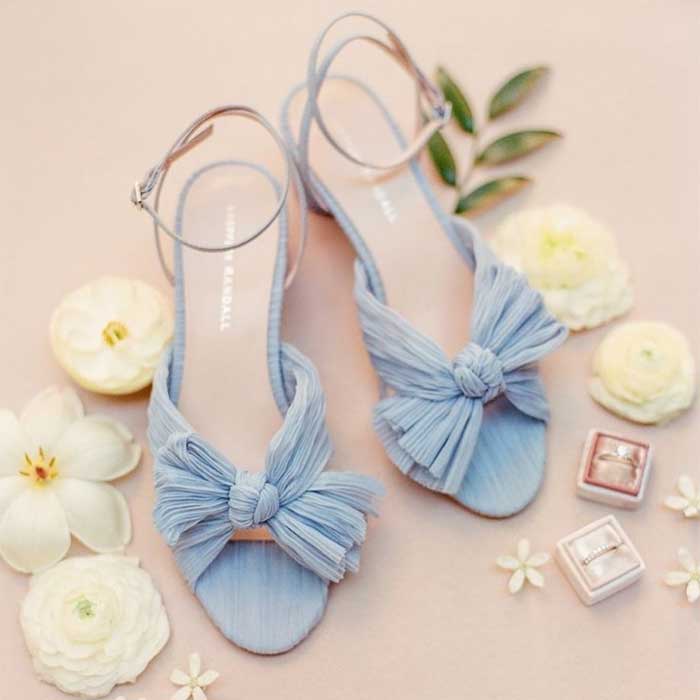Diamond Clarity & Diamond Pricing Guide
When it comes to diamonds, the 4 C’s — cut, clarity, color and carat — are very important factor to consider. They affect the price of the diamond. But when it comes to clarity, it is easy to get ripped off when purchasing a diamond. What is diamond clarity, and how does it affect the price? Read on to find out about diamond clarity and a diamond pricing guide so you can get the best diamond for your money.
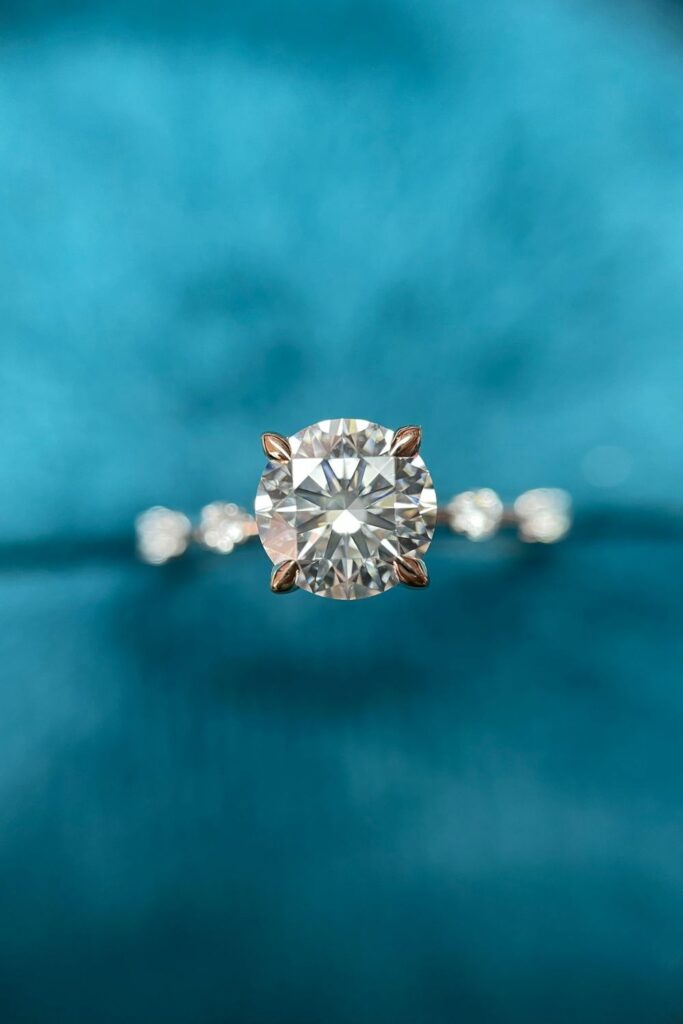
What is Diamond Clarity?
Diamond clarity is the assessment of small imperfections either on the surface or within the stone. The surface flaws are called blemishes while internal imperfections are called inclusions. Most of the time, the diamond’s appearance and beauty are not affected by these imperfections because the naked eye cannot see them. Gemologists call inclusions “internal characteristics” instead of flaws. These internal characteristics are what give natural diamonds character. Diamonds with the smallest and fewest imperfections receive the highest clarity but also a heftier price tag.

Photo sourced from Iconic Jewelry
Clarity Tips
There are many misconceptions when it comes to diamond clarity, the main one being that you have to buy a high-clarity diamond to not see imperfections. Another misconception is that the higher the clarity the more sparkle a diamond has. Here are some quick tips to help you with your diamond search:
- The term “eye clean” refers to the diamond’s inclusions that are too small to see without magnification.
- To help maximize your budget, look for diamonds labelled as Slightly Included (SI) and Very Slightly Included (VS) grades because the flaws cannot be seen without being magnified.
- The diamond’s cut and size affect clarity. A diamond’s cut and color are more important than clarity. If you are considering buying a fancy-shaped diamond, like an emerald or Asscher cut, that’s over one carat, flaws are usually more visible so you might want to spend a bit more for a higher clarity grade.
- Diamond clarity is an important characteristic that affects the beauty of a diamond. Like all of the other 4C’s, clarity is important to take into consideration when buying a diamond. There are several factors to help you decide which clarity grade is best for you within your price range.
Clarity Categories and Grades
There are 6 diamond clarity categories with 11 clarity grades.
I1, I2, I3:
- I clarity diamonds have apparent inclusions that are visible and can impact beauty.
SI1, SI2 Slightly Included (SI) Diamonds
- Inclusions are only noticeable at 1ox magnification
- SI1 diamonds are the best value if eye-clean
- If viewed from the side, SI2 diamond inclusions may be visible to the keen unaided eye.
VS1, VS2 Very Slightly Included (VS) Diamonds
- Includes minor inclusions seen at 10x magnification from difficult (VS1) to somewhat easy (VS2)
- Great value
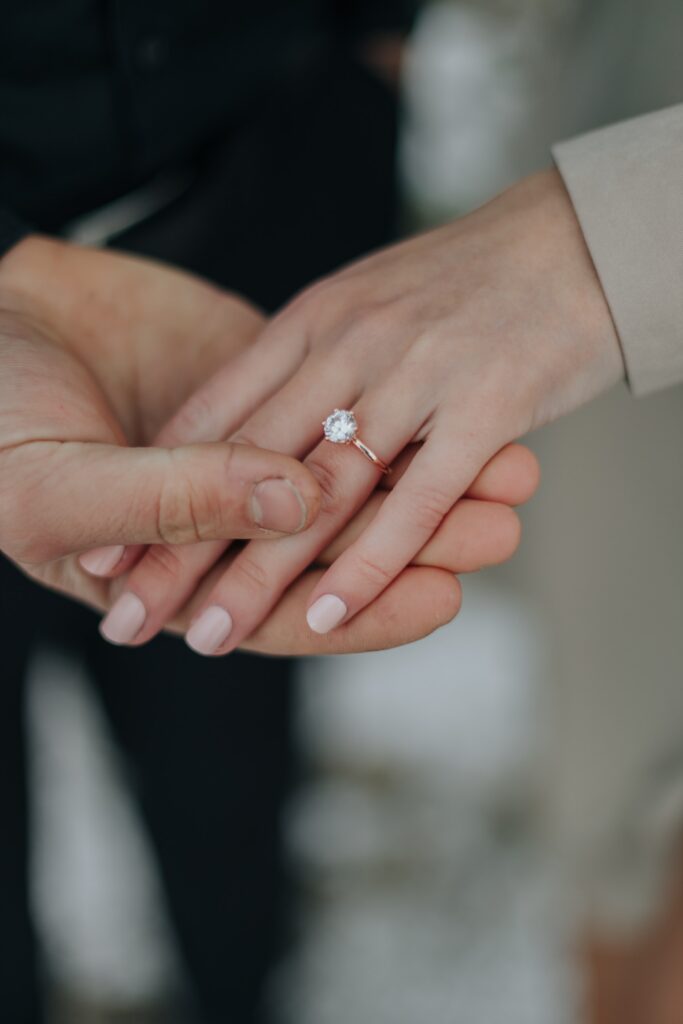
VVS1, VVS2 Very, Very Slightly Included (VVS) Diamonds
- Under 10x magnification, VVS diamonds have minuscule inclusions that are difficult to see for the untrained eye.
- VVS appraises eye clean appearance and the clarity is also rare
- Even under the trained eye with 10x magnification, characteristics are minuscule and difficult to see
Internally Flawless (IF) Diamonds
- IF diamonds may show some surface blemishes under a microscope
- Visually eye clean
- IF diamond’s grade is only affected by surface characteristics since there are no inclusions in the stone
Flawless (FL) Diamonds
- Less than 1 percent of all diamonds are considered FL
- No external or internal characteristics
- Flawless diamonds are extremely rare because it is hard to find a diamond without a single imperfection
5 Diamond Clarity Factors
- Size: The larger or more noticeable characteristics, the lower the grade
- Number: How many easily seen characteristics. If there are fewer characteristics, the higher the grade
- Position: The location of the characteristics within the diamond will impact the rating.
- Nature: The type of inclusion and its impact on durability relates to the nature of a diamond’s characteristic
- Color and Relief: This is essentially how visible a characteristic is seen or how much contrast there is between the surrounding diamond and the characteristic
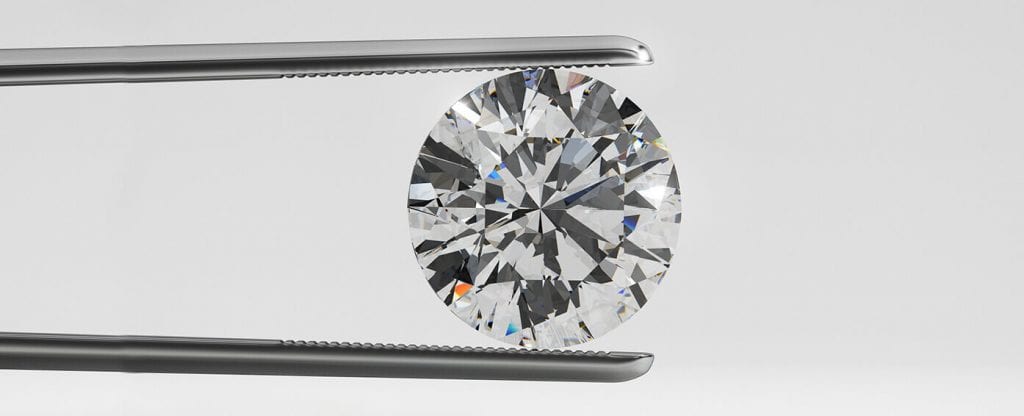
Photo sourced from worthy.com
Pricing Diamonds
For pricing diamonds, you start with the basic 4 C’s. On a wholesale level, the prices are first based on the diamond’s shape and size range. Then it is broken down between clarity and color then priced per carat. The price is then multiplied by the weight of the diamond. Other qualities including cut, fluorescence, and types of imperfections also affect the price.
Basic Rules for Buying a Diamond
- Certification: The absolute most important step! If you are buying a diamond over $1,000, this is an absolute must. A diamond with a certificate will give you the piece of mind knowing you are getting the quality of the diamond that they are claiming.
- Quality: The certificate will provide the diamond’s 4 C’s, which explains the quality of the diamond
- Pricing: Like any other industry, the price of diamonds goes up and down. Shop around to know whether you are getting a good deal.
- Don’t Overpay: It is so easy to overpay on clarity. If a VS1 or VS2 diamond is eye-clean, it will cost far less than a Flawless Diamond. Focus on certain quality grades and choose the lowest grade that is still eye-clean.
- Strive for Best Diamond Clarity: Clarity grade also depends on the shape of your diamond. Different shapes can hide inclusions and imperfections better. Round, cushion, princess, oval, radiant, and marquise are all better at hiding imperfections. Emerald, Asscher and baguette cuts have more visible imperfections.
| Diamond Carat Weight | Price (Per Carat, Round Brilliant Cut) | Total Price |
| 0.50 carat | $990 – $5,000 | $495 – $2,500 |
| 1.0 carat | $2,000 – $14,000 | $2,000 – $14,000 |
| 1.50 carat | $3,300 – $24,000 | $4,400 – $30,000 |
| 2.0 carat | $4,200 – $29,000 | $8,400 – $58,000 |
| 3.0 carat | $7,200 – $51,000 | $21,600 – $153,000 |
| 4.0 carat | $8,400 – $71,500 | $33,600 – $286,000 |
| 5.0 carat | $9,600 – $67,500 | $48,000 – $337,500 |
When purchasing a diamond within your budget, you need to find balance within your requirements. Clarity can help contribute to compromise without any impact on the diamond’s appearance. Why spend more money on a diamond with higher clarity when you can get a lower-clarity diamond that looks exactly the same to the naked eye? While FL and IF diamonds are the highest quality, consider a diamond that won’t break the bank. SI and VS clarity grades won’t show any imperfections without magnification — they are less expensive and look the same to the naked eye as the higher grades.
you might also like
Check Out The Latest on Instagram
Check Out The Latest on Instagram
Follow us on Facebook and Instagram for more tips, resources, and inspiration!


